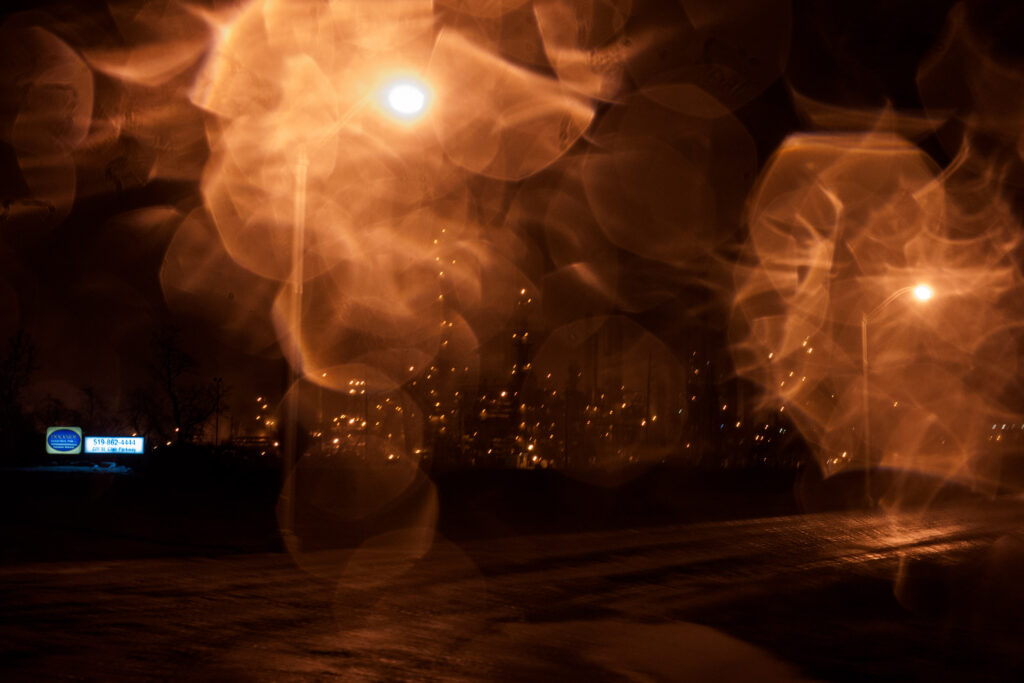Sarah Marie Wiebe (University of Hawai’i, Mānoa)
Jen Bagelman (University of Exeter, United Kingdom)
Laurence Butet-Roch (Ryerson University)
I didn’t Know!
Poem by Ada Lockridge
Aamjiwnaang First NationI didn’t Know that we had
a say on what goes on in the plantsI didn’t Know what was being released or how
much or the Known health effects from it.I didn’t Know to call MOE Spills Action Hotline to report any
unusual smells or happenings
and to ask for a copy of the
incident report.I didn’t Know that when
there is a evacuation that
I should check the wind
direction and Know which
plant it is so I can take
the safest route away.
(Do not drive with wind blowing
At you.)I didn’t Know that it wasn’t safe to swim or play in
the St. Clair river or
the ponds here, or ditchesI didn’t Know it wasn’t
safe to eat the fish or
the deer or rabbits here.I didn’t Know that I
should keep my windows
closed at night since the
plants mostly burn from
the stacks at night so as
to not bother so many
or something like that.I didn’t Know which government
is responsible for what,
still a bit ify on that too.
Chief & council, Sarnia Mayor, St. Clair
Township, Municipalities, Counties,
Provincial, Federal, Health Canada,
Environment Canada, Dept. of Oceans and
Fisheries, Indian Affairs, Ministry
of Environment, M.P., M.P.P.,
Ministry of Natural Resources.I didn’t Know that those
flares should only be
burning when there is
a problem.I didn’t Know that workers
get some kind of a slip when
they have been exposed to
chemicals?I didn’t Know how hard it
is to collect pensions?
for the widows or disabled
workers.I didn’t Know that when
there is a power outage
why we get our power back
on so fast. (we are in more
danger when the plants don’t
have power)I didn’t Know that the
colors burning off the flares
mean different substances are
burning off.I didn’t Know that those
beautiful colors of our
sunrise and sunsets are due
to pollution & chemicals.I didn’t Know that it is
best to take water samples
after the cities routine
flushing. (And make sure they
are testing for heavy metals)I didn’t Know that the watermain
on S. Vidal is ours but the
city maintains it. It is over
60 yrs old and made out of cast iron.I didn’t know that when
Suncor was building their
1st flarestack that they
were digging up human
remains. ( I don’t Know
What they did with them)I didn’t Know that these
Chemicals are used to
make plastics, tubes in
hospitals, make up, batteries,
carpets, cooking pans, nonstick
cleaning products.I didn’t Know the same
companies here make the medicine for cancers and
other ailments.I didn’t Know that there were
noise and vibration laws
for these plantsI didn’t Know that some
plants have a native
hiring policyI didn’t know the plants
Had native liaison reps.I didn’t Know they (plants) can
do pollution credits sharing
or selling (since they are allowed
to release so much into the air?)I didn’t Know we sold the
land so that industry could
come, so that people would
come to the area and
create jobs (what was Known about
chemicals then?)I didn’t Know that when
the gov. had Indian Agents
here supposedly taking care
of us, that we were not
allowed to have legal
representation.I didn’t Know that there
was a statistic that there
should be 51% boys to 49%
girl ratio worldwide.I didn’t Know anything
about accumulative effects
(I couldn’t even say it till now, 2010)I didn’t Know that these
Chemicals here can be
passed on through generations.I didn’t Know that existing
air monitors aren’t set up
to collect all samples that
could be out there.I didn’t Know that when there
is a release that you need to
know what it is first so they
know what kind of reading instrument
to use.I didn’t Know that the
workers are scared to
report things fearing loss
of job.I didn’t Know that workers
have reported maintenance
problems and they don’t
get fixed until they blowI didn’t Know that routine
maintenance checks on
holding tanks are only
every 10 yrs.I didn’t Know that the
riveted holding tanks
are out of date.I didn’t know that these
industries are still using
some machinery from when
they first came.I didn’t Know that there is
a new law about pipelines
being too close to homesI didn’t Know when the
plants get fined that it
goes to the municipalities.I didn’t Know that the
plants have to give out
1% of its profits to
the surrounding communitiesI didn’t Know that people
in a 1 mile radius of
Clean Harbours receive a
yrly “fee”I didn’t Know there was
such a thing as a
long term health based
standardI didn’t Know that there
is no standards here
for some of these known
carcinogens (these will cause cancers)I didn’t Know that Lanexss
supplies the rubber that
is in gum (I thought rubber tires)I didn’t Know that the city of
Sarnia police don’t have money
in the budget to buy the
proper gear for when there
is road blocks due to
chemical releasesI didn’t Know that when
Industry wants to change
any of their operations or
to add to it, they have
to post it on the EBR
website (Environmental Bill of Rights)
and anyone has 30 days
to comment on it.I didn’t Know that the
gov. works by the four D’s
Deny, Delay, Divide,
Discredit
oh and maybe throw in a
“study”I didn’t Know that
medical doctors are
not trained on how
these chemicals react
to the human bodyI didn’t Know that we
probably need: oncologist,
Epidemiologist, toxicologist,
Meteorologist, pathologist.
Dirty Stories, Toxic Bodies
Along the St. Clair River at the southern tip of Lake Huron, in the heart of the Great Lakes, Canada’s ‘Chemical Valley’ – a toxic petrochemical complex – occupies Aamjiwnaang Indigenous territory. Approximately 2,000 Anishinabek people call this their home, which is now reduced to a small reserve due to land dealings enabled by public officials at multiple levels of government over the years. Stretching over 30 km, their territory houses the largest concentration of petroleum and chemical industry sites in Canada.
This toxic geography did not emerge by accident. Resource extraction in these territories began in the mid-19th century and in 1858, oil was first discovered in this region. From the discovery of gum beds in the Enniskillen Township in 1851, to the birth of the Chemical Valley in the 1940s with the expansion of Polymer Corporation following the Second World War, the power of industrial development has deep roots. Aamjiwnaang is entangled in wider processes of ongoing colonialism and neoliberalism. To this day, the extraction industry continues to envelop the Aamjiwnaang First Nation reserve.
In 2005, Ada Lockridge – an Indigenous mother, activist and citizen of the Band and former Council member – teamed up with researchers and discovered that for every two female births in her community, only one male was being born. This study triggered alarm across multiple scales of government: local, provincial and federal. While the 2005 study could not conclusively attribute the community’s toxic exposure to endocrine-disrupting chemicals, the federal ministry of Health Canada encouraged the formation of the Lambton Community Health Study. The Lambton County health department produced their own reproductive health report in 2007, which showed no abnormal birth patterns when scaled away from the Aamjiwnaang reserve to the county, a wider population of approximately 120,000 residents.
In addition to the abnormal birth ratio, over the years, Aamjiwnaang residents also expressed concern about high levels of autism, asthma, cardiovascular disease, miscarriages and cancer. These unique, site-specific concerns were not documented or addressed by the Lambton Community Health Study, which dilutes the Indigenous community’s lived-experience and eclipses the colonial and neoliberal processes that constitute Aamjiwnaang as a toxic space. Official representations of the community, apparent in media accounts and public statements from external decision-makers, further obscure the ways in which the community actively contests these processes. Our main focus is not to simply problematize this limited representation but to instead call for a more multi-dimensional, prismatic account of Aamjiwnaang’s everyday exposure to toxins and practices of resistance. Such a prismatic lens draws into focus multiple angles: academic, artistic, photo-journalistic and poetic.
Reframing the Geopolitics of Pollution: A Prismatic Lens
To glean insight into, and shed light on the complexities of Aamjiwnaang’s lived-experiences, we offer a close reading of this site through Michel Foucault’s concept of heterotopia. A heterotopic analysis examines ‘other than’ spaces through multiple lenses to understand complex spaces and processes, and prompts viewers to look beyond the state to understand the inner workings of power, written onto the bodies of affected parties. The heterotopia rejects simplified dualisms and narrow narratives of victimhood. Instead, it offers a useful lens to deepen an understanding of multiplicity and contradiction. Such a prismatic approach allows us to trace the ways in which certain sites are simultaneously cloaked in darkness and left exposed. A prism serves to cast light upon the political ramifications that emerge due to this political spectrum of exposure.
While Foucault’s approach is helpful, we argue that it is inadequate in illuminating the fulsome ways in which toxicity is intimately experienced, felt, and resisted. Drawing on Indigenous academics and activists, such as Leanne Betasamosake Simpson and Ada Lockridge, as well as feminist geographers, such as Rachel Pain, we argue that it is vital to dig deeper to unearth the lived realities of places rendered exposed, such as Chemical Valley. To do so, it is vital to become attuned to the everyday environmental injustices that constitute life in Aamjiwnaang which are too often invisibilized. Such an approach requires paying greater attention to the knowledges and situated stories articulated by community members which reveal various forms of, often slow, violence and also sustained acts of resistance. These knowledges are not confined to policy documents or even written accounts but range from documentary films, to rap music, dance and poetry. It is in the spirit of making greater space for these dynamic poetic knowledges that we begin this piece with the stirring words of Indigenous activist and poet, Ada Lockridge. For this poetic work refuses to let us forget the smells, tastes, and sights that comprise a toxic body politics. It refuses for us to put aside, for instance, the polluted fish and sunsets that give rise to alarming cancer rates. Instead, Lockridge’s work emplaces the reader squarely, and somewhat uncomfortably, in a toxic environment where — for a change — forms of colonial ‘care’ are made palpable and left exposed.
Additional Resources
Bagelman, Jennifer and Sarah Marie Wiebe (2017). “Intimacies of global toxins: exposure and resistance in Chemical Valley”, Political Geography. 60(76-85).
Butet-Roch, Laurence. Our Grandfathers Were Chiefs. https://www.lbrphoto.ca/PHOTOS/Our-Grandfathers-Were-Chiefs/1.
Craig et al. (October 2017). “There are toxic secrets in Canada’s Chemical Valley”, National Observer. https://www.nationalobserver.com/2017/10/14/news/there-are-toxic-secrets-canadas-chemical-valley.
Hoover et al (2012). ”Indigenous Peoples of North America: Environmental Exposures and Reproductive Justice”, Environmental Health Perspectives. https://ehp.niehs.nih.gov/doi/10.1289/ehp.1205422.
Kiijig Collective (2012). Indian Givers. https://www.youtube.com/watch?v=pot411GJzdM
Mackenzie, Constanze, Ada Lockridge and Margaret Keith (2005). “Declining Sex Ratio in a First Nation Community”. 113(10): 1295-1295. https://www.ncbi.nlm.nih.gov/pmc/articles/PMC1281269/
Pain, Rachel (2019). Chronic urban trauma: The slow violence of housing dispossession. Urban Studies
Simpson, Leanne (2013). Islands of decolonial love. Winnipeg, MB: Arbeiter Ring Publishing.
Wiebe, Sarah Marie (2016). Everyday Exposure: Indigenous Mobilization and Environmental Justice in Canada’s Chemical Valley. Vancouver: UBC Press.
Photos from the series Our Grandfathers Were Chiefs (2010-2018) by Laurence Butet-Roch
01
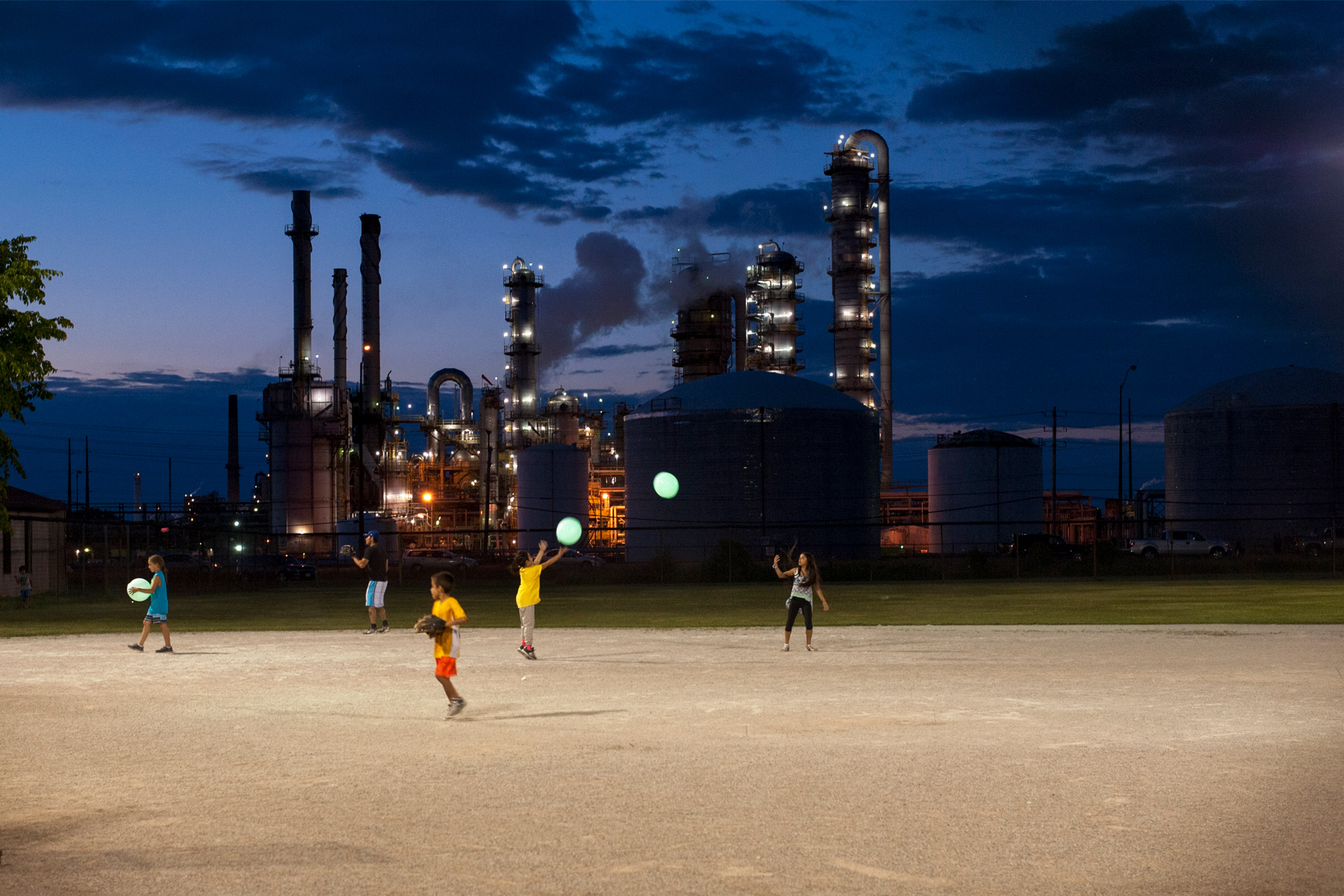
02
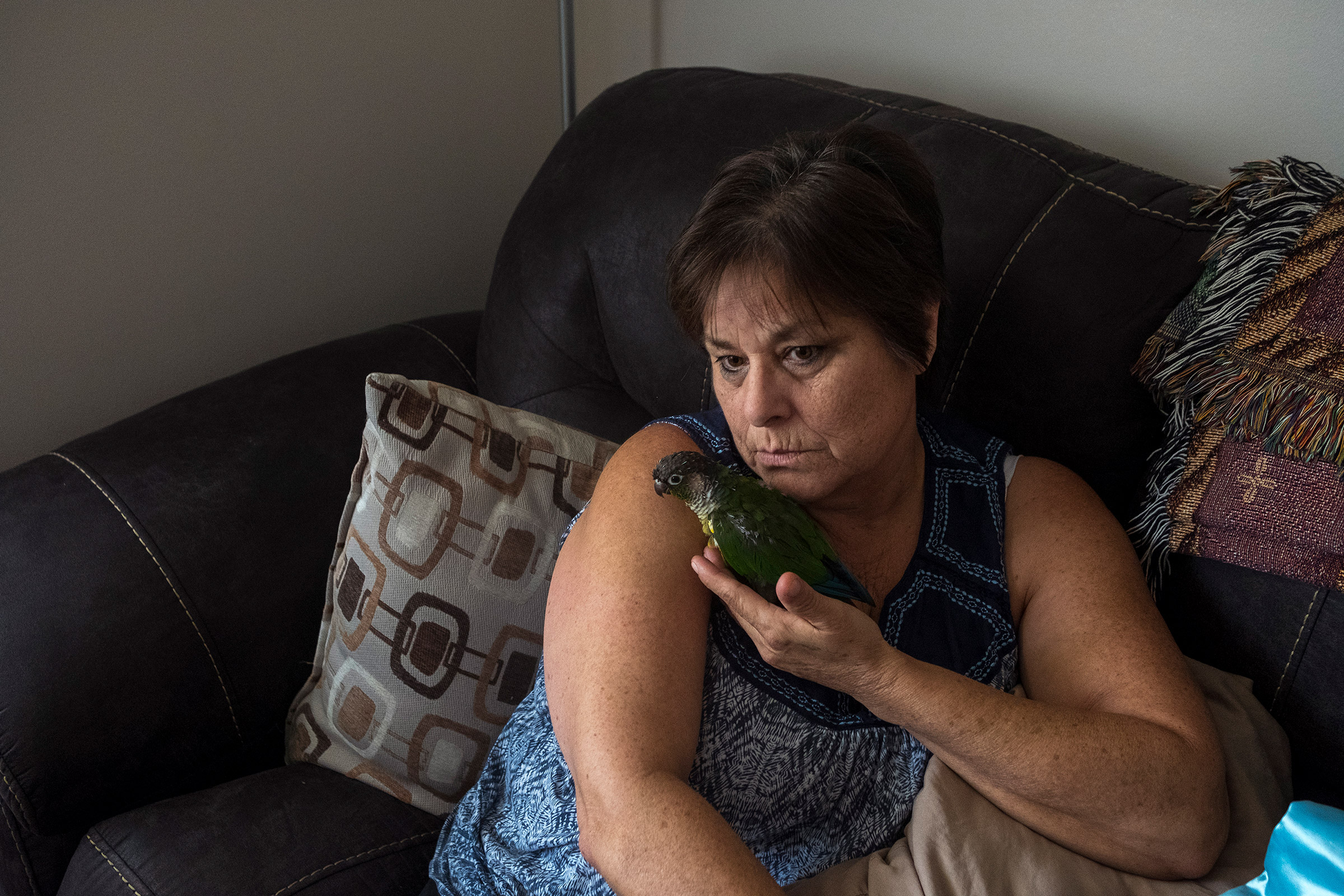
03
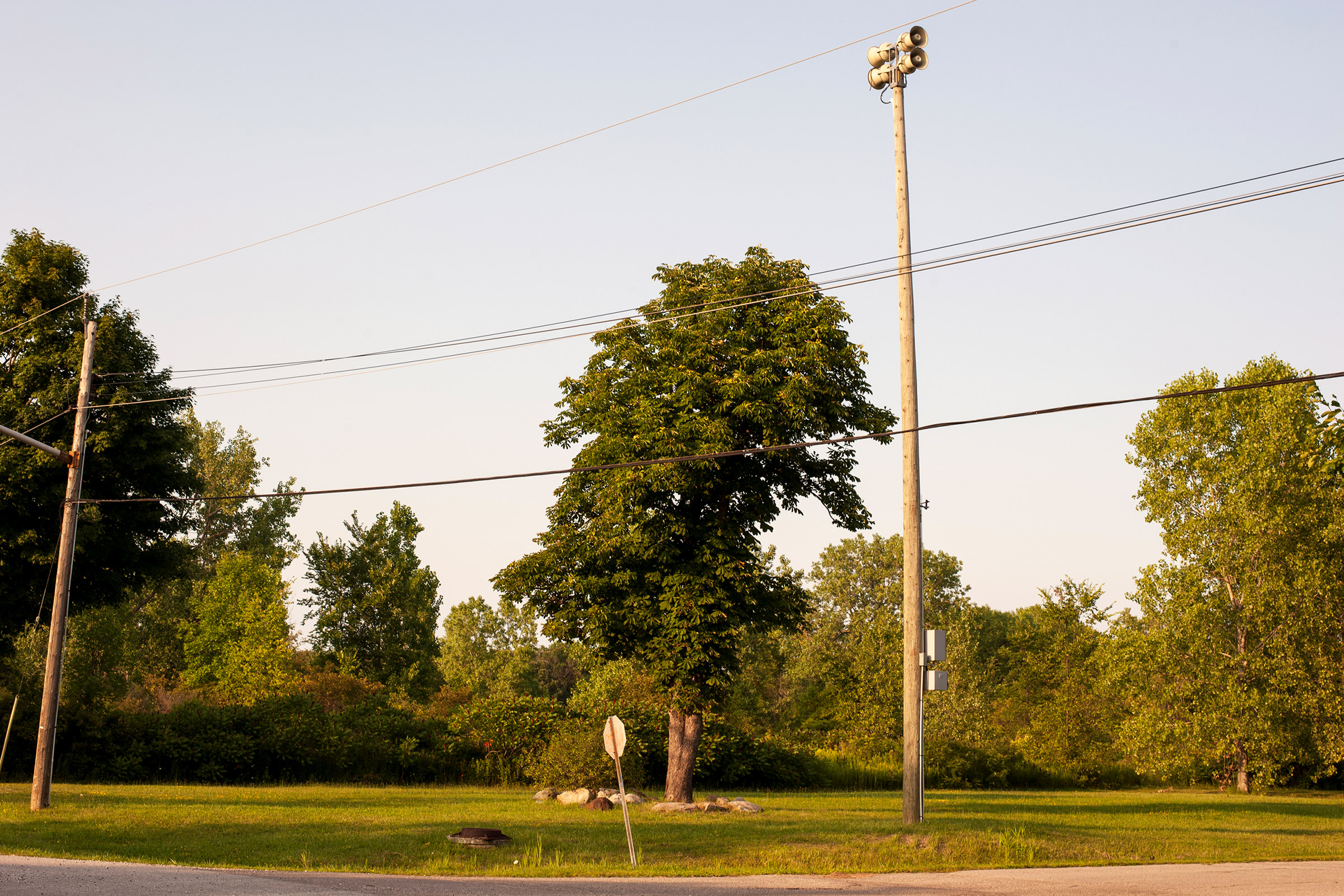
04

05

06
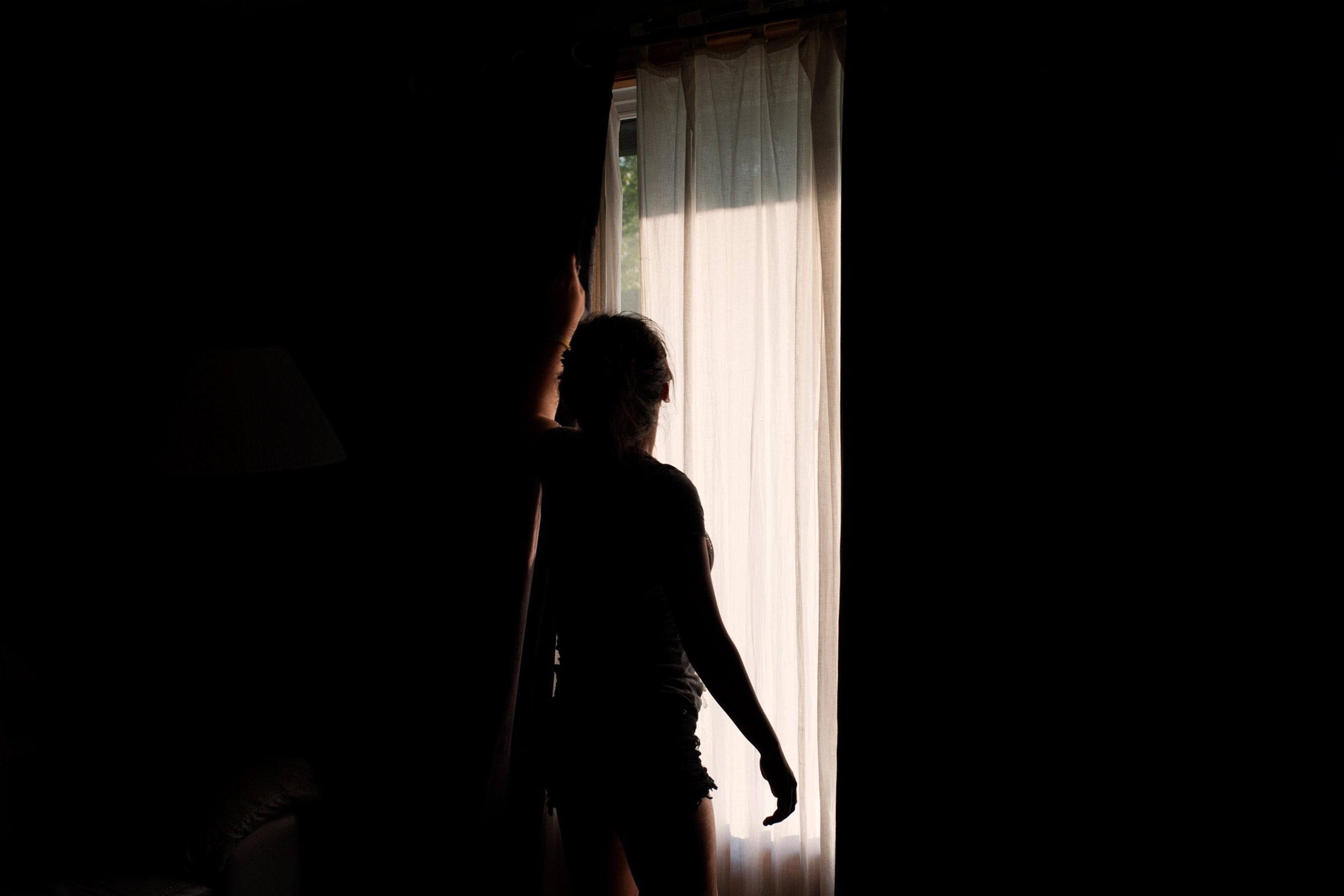
07

